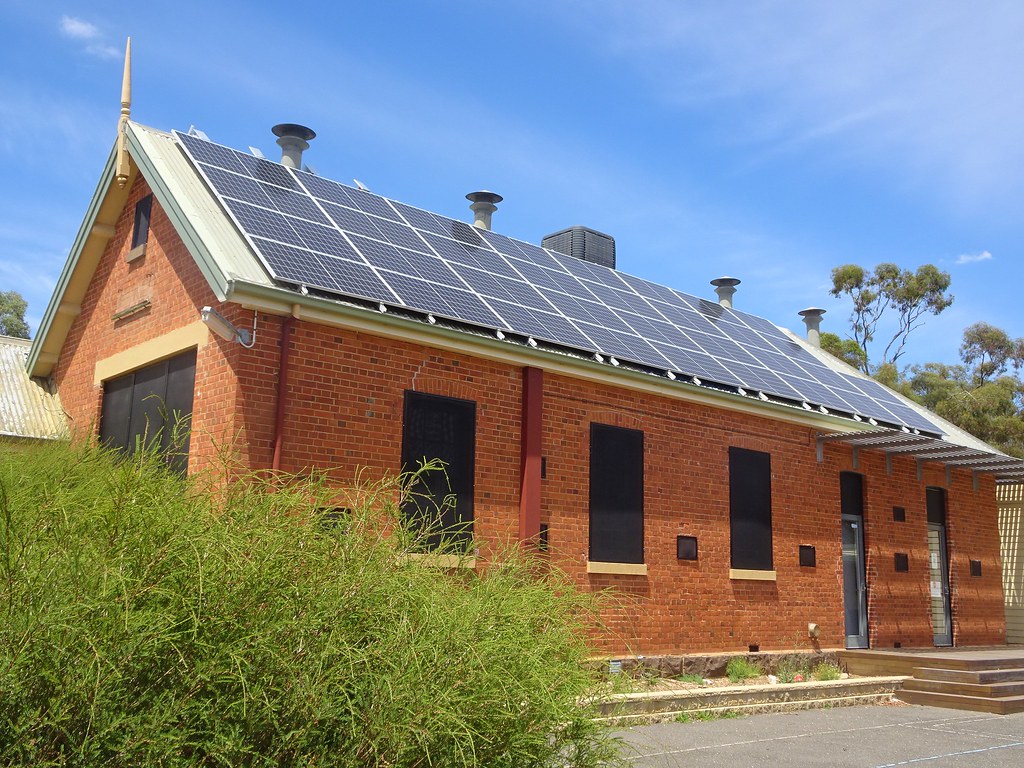Are you ready to take a step towards a sustainable future? Click on the buttons below to explore our comprehensive Steps to Solar guide, where you’ll find everything you need to know about the process of going solar. Or, if you’re curious about the benefits and considerations as a consumer, dive into our Consumer Guide. The consumer guide has information about choosing an installer, consumer protection, and financing.
The Solar Project Builder is an easy-to-use online tool for universities, hospitals, municipalities, and businesses to simulate long-term financial forecasting for four types of solar photovoltaic (PV) investment. Using their own values, users can simulate and compare financial projections for direct ownership, power purchase agreement (PPA), debt financing, and operating lease. The tool can be used to guide or validate potential projects, compare proposals, or simply help users become more familiar with financing structures and common transaction costs.



